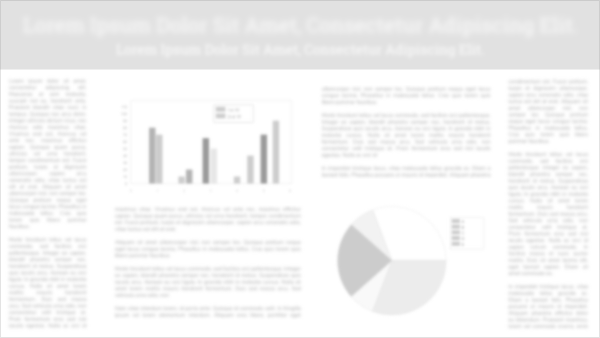Moments That Matter: Understanding Team-based Interactions in Inpatient Postpartum Care
Background & Aims
Inpatient postpartum care is a critical period for supporting the health and well-being of mothers and newborns. It involves a range of clinical assessments, patient education, emotional support, and care coordination—all delivered by diverse healthcare professionals whose roles often overlap within patient rooms. These shared environments create opportunities for interprofessional collaboration but also introduce communication and workflow challenges.
This study investigates how interprofessional communication unfolds during in-room postpartum care and examines how teams collaborate to support patients during this transitional phase. The aim is to identify key moments of team-based interaction and analyze the contexts in which multiple healthcare professionals are engaged. Insights from this work may inform strategies to improve care coordination and strengthen interprofessional collaboration in postpartum hospital settings.
Methods
Following IRB approval, the Postnatal Patient Safety Learning Laboratory team filmed 15 postpartum families and their healthcare teams at an academic medical center in 2020. A behavioral taxonomy was used to code recordings from the 12-hours before hospital discharge. We sought to identify contexts in which more than one healthcare team members were facilitating in-room postpartum care.
Results
A total of 93 interprofessional interactions were analyzed. There was a median of 6 instances/patient (range 0-1) with 2-5 healthcare team members. The interaction duration was 3 minutes (range < 1-49 minutes). Identified context categories include: Discharge Conversation and/or Patient Education, Lactation Consulting, Assessments, Lab Discussion, Nurse Change, and Research Discussion. In some instances, categories overlapped, such as patient education occurring with one clinician while another clinician examined the newborn, eliciting infant cries. Relatedness was also noted, such as incidental presence of multiple staff (e.g. food services enter room during patient education).
Conclusions
Future analyses will explore interprofessional interaction structures (e.g., turn-taking during family engagement) and overlapping sounds (e.g., multiple individuals speaking simultaneously). Findings may inform workflow recommendations to enhance interprofessional care and improve family-focused postnatal services.
Reflections
Although limited to in-room interactions, this observational approach offers valuable insight into care as patients experience it. Naturalistic filming enabled identification of effective communication practices, supportive behaviors, and interaction trajectories—laying the foundation for future inquiry into ‘what works’ in collaborative postpartum care and how such practices can be scaled and adapted to other care contexts.
Acknowledgments
This project was funded under grant number R18HS027260 from AHRQ, U.S. Department of Health and Human Services (HHS). The authors are solely responsible for this abstract’s contents, findings, and conclusions.



